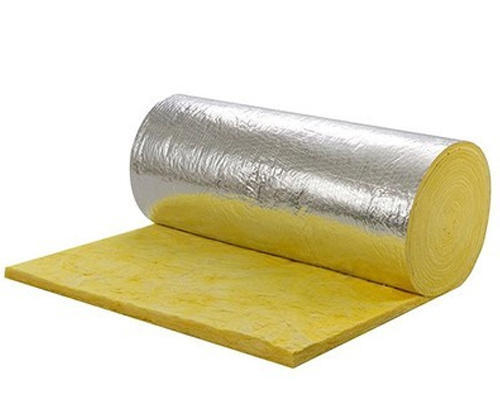
Complete Solution of Glass wool thermal insulation
Glass wool is a thermal insulation material consisting of intertwined and flexible glass fibers, which causes it to “package” air, resulting in a low density that can be varied through compression and binder content (as noted above, these air cells are the actual insulator).
Glass wool can be a loose-fill material, blown into attics, or together with an active binder, sprayed on the underside of structures, sheets, and panels that can be used to insulate flat surfaces such as cavity wall insulation, ceiling tiles, curtain walls, and ducting. It is also used to insulate piping and for soundproofing.
Glass Wool Properties
The following is properties of glass wool material,
- Glass wool is one of the best alternatives to the insulation provided to the house.
- It can also be a good thermal insulator.
- Being made from recycled material it is an inexpensive and cost-effective product.
- It has good tensile strength, in the sense, it will be a durable material.
Fiberglass itself is resistant to mold. If mold is found in or on fiberglass it is more likely that the binder is the source of the mold, since binders are often organic and more hygroscopic than the glass wool. In tests, glass wool was found to be highly resistant to the growth of mold. Only exceptional circumstances resulted in mold growth: very high relative humidity, 96% and above, or saturated glass wool, although saturated wool glass will only have moderate growth.



